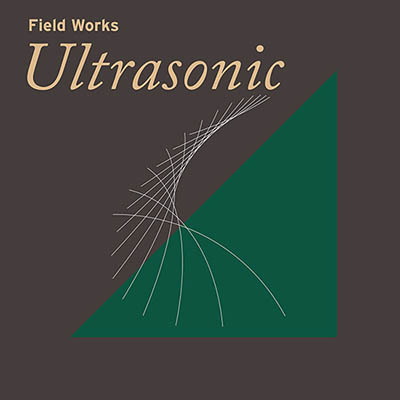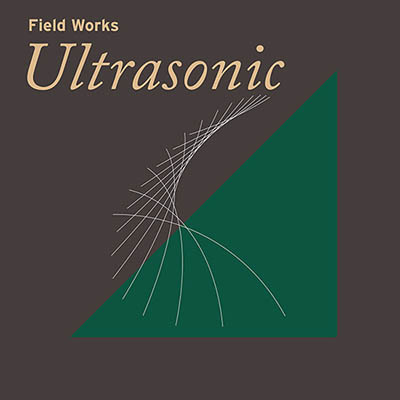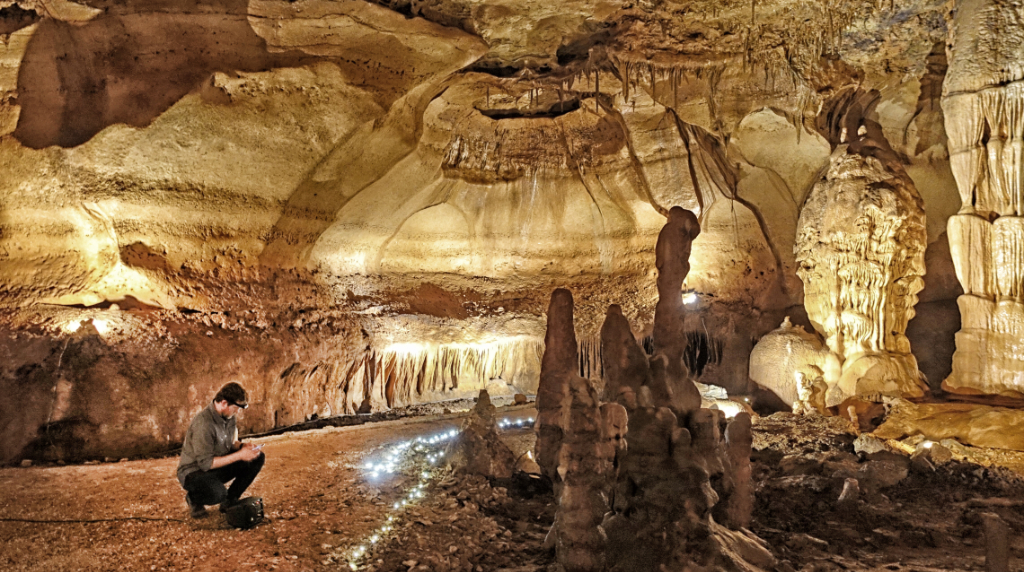Text by CLOT Magazine


Bats are one of the most intriguing mammal species, with their ability to fly thanks to their membranous wings and communication by ultrasounds that work, as well as air sonars or radars for geolocation. They have been the target of all sorts of myths and romanticised or feared by writers in literature. More recently, they have been at the centre of negative attention in the media due to the not-proved hypothesis of being a possible animal host through which COVID-19 jumped species to infect humans—even becoming the unfortunate cover of an even worse titled compilation of essays put together during the first months of the current coronavirus pandemic.
They can be found in almost all parts of the world, inhabiting various landscapes or habitats throughout the year as they feed, roost and travel, seeking daytime retreats such as caves, rock crevices, old buildings, bridges, mines, and trees. Many bat species around the world are vulnerable or endangered because of loss and fragmentation of habitat, diminished food supply, destruction of roosts, disease and hunting or direct killings.
It’s gratifying to see initiatives such as the recently published album by Stuart Hyatt under his Field Works series, Ultrasonic (Temporary Residence Ltd). An album created from recordings of a rare, endangered bat subspecies found only in rural Indiana, where Hyatt lives. Ultrasonic is perhaps the first-ever album to use the echolocations of bats as compositional source material. Hyatt has spent the last decade working with field recordings and arranging them into uniquely site-responsive music. Working under the FieldWorks name, Hyatt has assembled a remarkable cast of contributing artists to create new music from his samples and soundscapes; each Field Works release tells evocative stories about unique places and is typically paired with visual art, installations, books, and site-based performances.
For the Ultrasonic double LP, Hyatt assembled a remarkable group of contributors: Eluvium, Christina Vantzou, Sarah Davachi, Ben Lukas Boysen, Machinefabriek, Mary Lattimore, Felicia Atkinson, Noveller, Chihei Hatakeyama, John Also Bennett, Kelly Moran, Taylor Deupree, Jefre Cantu-Ledesma, Julien Marchal, and Player Piano. The project was commissioned as a recording project by National Geographic, and t’s part of a broader storytelling project about the federally endangered Indiana bat, generously funded by the IUPUI Arts & Humanities Institute and the National Geographic Society. Every copy of the record contains an official printed booklet of The Endangered Species Act of 1973.
Hyatt comments: This may be the first instance that bat sounds have been used at this level and depth for artistic purposes. I was trying to capture both their communications’ rhythmic and melodic qualities…All of this, of course, occurs well beyond the range of human hearing. Humans hear in the range of 20 Hz to 20,000 Hz. (adults tap out at approx. 15,000 Hz). But bat echolocation doesn’t really get going until about 30,000 Hz! The species I was focused on, the endangered Indiana bat – aka Myotis Sodalis – vocalizes up to 70,000 kHz!
This is the first time I’ve ever recorded sounds that I couldn’t even hear while recording – akin to taking pictures of invisible people on a film camera – and then hoping they actually show up in the darkroom! I mean, the meter indicated that sounds were being captured – but there was no way to know what they were until getting back to the studio. I had to develop brand new techniques to get these sounds back into the range of human hearing, and ultimately figure out their musical qualities.






